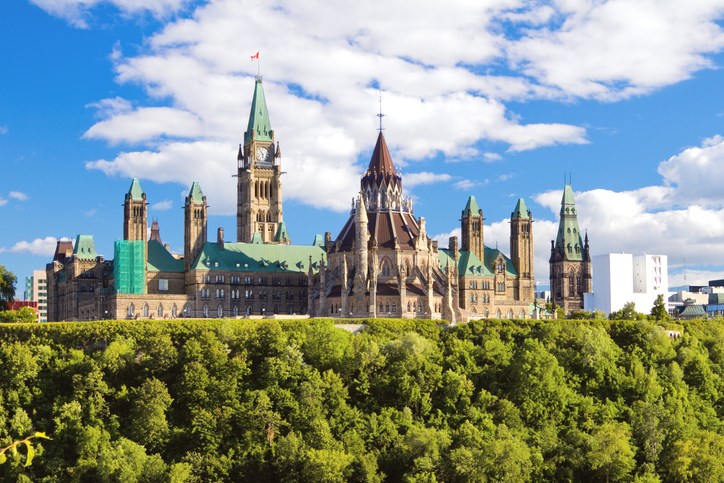Last year, we saw how incumbent governments retained power in New Brunswick, British Columbia and Saskatchewan with relative ease. In the arena of federal politics, it has been increasingly tough for parties to increase their standing as the promise of speedy vaccination remains in the minds of many Canadians.
Every three months, Research Co. and Glacier Media review the sentiment of Canadians on federal politics. Our first survey of 2021 shows little movement for the governing Liberal Party, with a high approval rating for Prime Minister Justin Trudeau and support among all age groups. The situation is not as auspicious for the Conservative Party, which is still unable to mount a challenge outside of three provinces.
If an election were held tomorrow, Liberal candidates would garner the backing of 37% of Canadian voters, unchanged since December. The Conservatives are now nine points behind (28%, down three since our last poll of 2020). Voter support remains where it was last year for the New Democratic Party (NDP) (20%), the Bloc Quebecois (7%) and the People’s Party (1%). The only organization that has managed to grow is the Green Party, gaining three points to reach 6% at the national level.
The road to a new majority government for the Liberals goes through Ontario and Quebec, where the party can currently count on the support of more than two in five decided voters. The Conservatives are in first place in Alberta and Manitoba and Saskatchewan. In British Columbia, the main opposition party has not managed to bounce back to the numbers it enjoyed in the 2019 election, falling to third place with 26%. There is a close race in this province between the New Democrats (31%) and the Liberals (29%).
Trudeau continues to hold the most impressive approval rating among the six federal party leaders (56%). His personal numbers are particularly good among women (60%) and Canadians aged 18 to 34 (67%). The second-ranked leader is Jagmeet Singh of the NDP with 46%, but reaching 54% in British Columbia. The challenge for Singh remains turning some of this personal favourability into more votes for his party.
The state of affairs is direr for Erin O’Toole and the Conservatives. The leader of the Official Opposition has a lower approval rating than Trudeau and Singh (33%). An even more distressing finding comes on the question about the preferred prime minister for the country. Trudeau is stable at 40%, but the positive perceptions of O’Toole as a person who could command the federal government fell markedly, from 22% in December to just 15% in March.
The survey provides some good news for one of the two federal leaders who do not have a seat in the House of Commons. Green Party leader Annamie Paul saw her approval rating increase to 30% this month. No such luck for Maxime Bernier of the People’s Party, who – even as some Canadians yearn for a more libertarian approach to pandemic management – fell to 15%.
The Greens will have to make some decisions before the next federal ballot takes place. The environment has failed to crack double digits as an issue facing the country (7%), with Canadians heavily preoccupied with health care (33%), the economy and jobs (24%) and COVID-19 (11%). However, Quebec remains an area where the environment has gained some traction (10%). This could be the province where the Greens find truly environmentally friendly constituencies to campaign heavily on.
While the Liberals continue to hold a comfortable lead nationally, they are not yet near the level that propelled them to a majority mandate in 2015. Support has not reached previous highs in places like British Columbia, where the New Democrats, perhaps buoyed by the performance of the provincial administration, are ahead. Trudeau remains an asset to the party, in spite of the strong disapproval that he elicits in traditionally Conservative areas. Keeping the promise of vaccination for all by Thanksgiving will be monumental in enabling Canadians to put the current government’s controversies behind.
The Conservatives are not where they probably imagined they would be. Support for the party is down and there is a severe reduction in the number of voters who regard O’Toole as “PM Material.” Over the past six months, the proportion of Canadians who disapprove of the leader’s performance has risen by 12 points, while the number of undecideds has dropped by the same margin. At this point, it is fair to say that, under the current communications and engagement strategies, the more Canadians have gotten to know O’Toole, the less they like what they see.
Mario Canseco is president of Research Co.
Results are based on an online study conducted from March 13 to March 15, 2020, among 1,000 adults in Canada. The data has been statistically weighted according to Canadian census figures for age, gender and region. The margin of error, which measures sample variability, is plus or minus 3.1 percentage points, 19 times out of 20.


